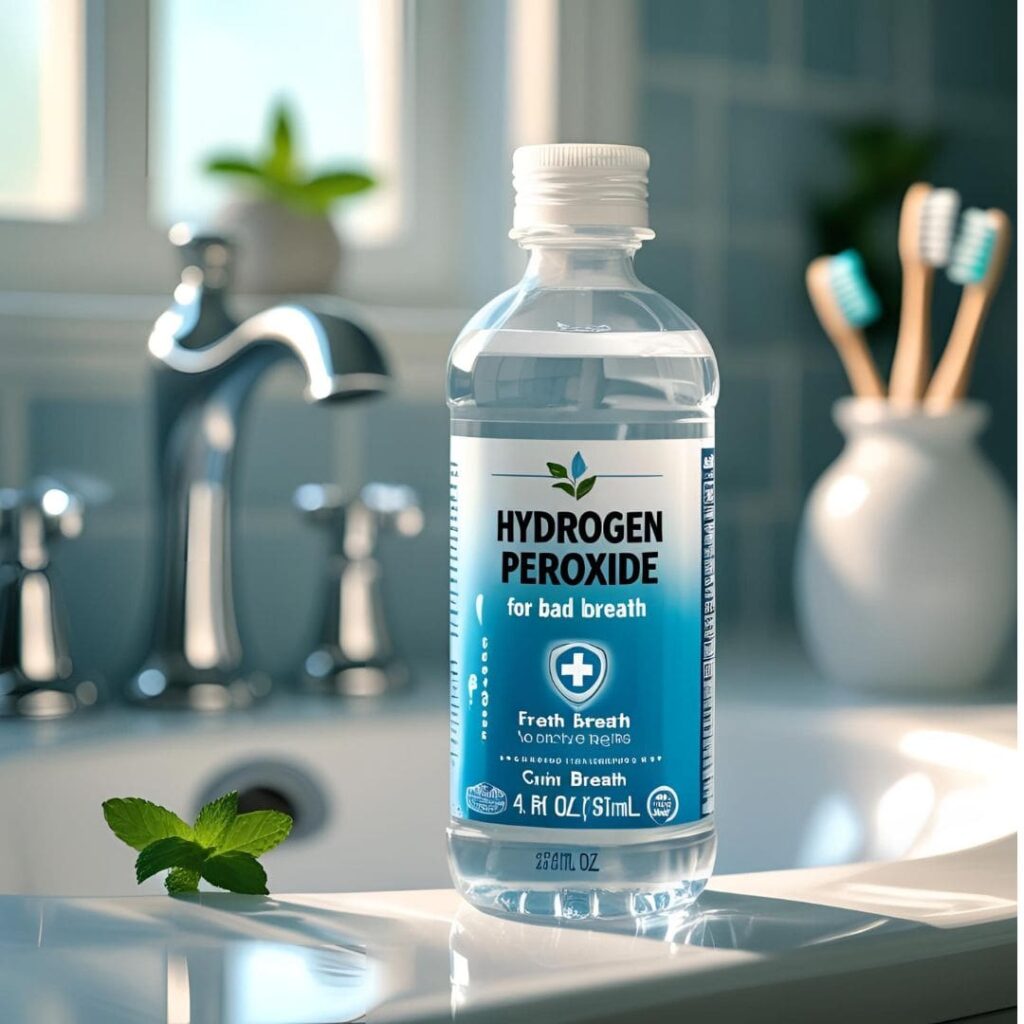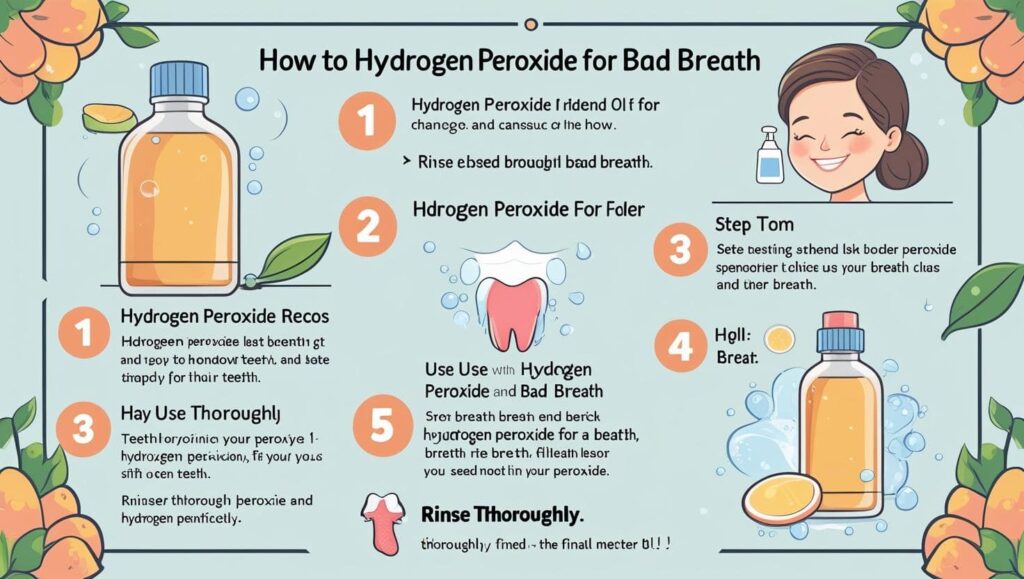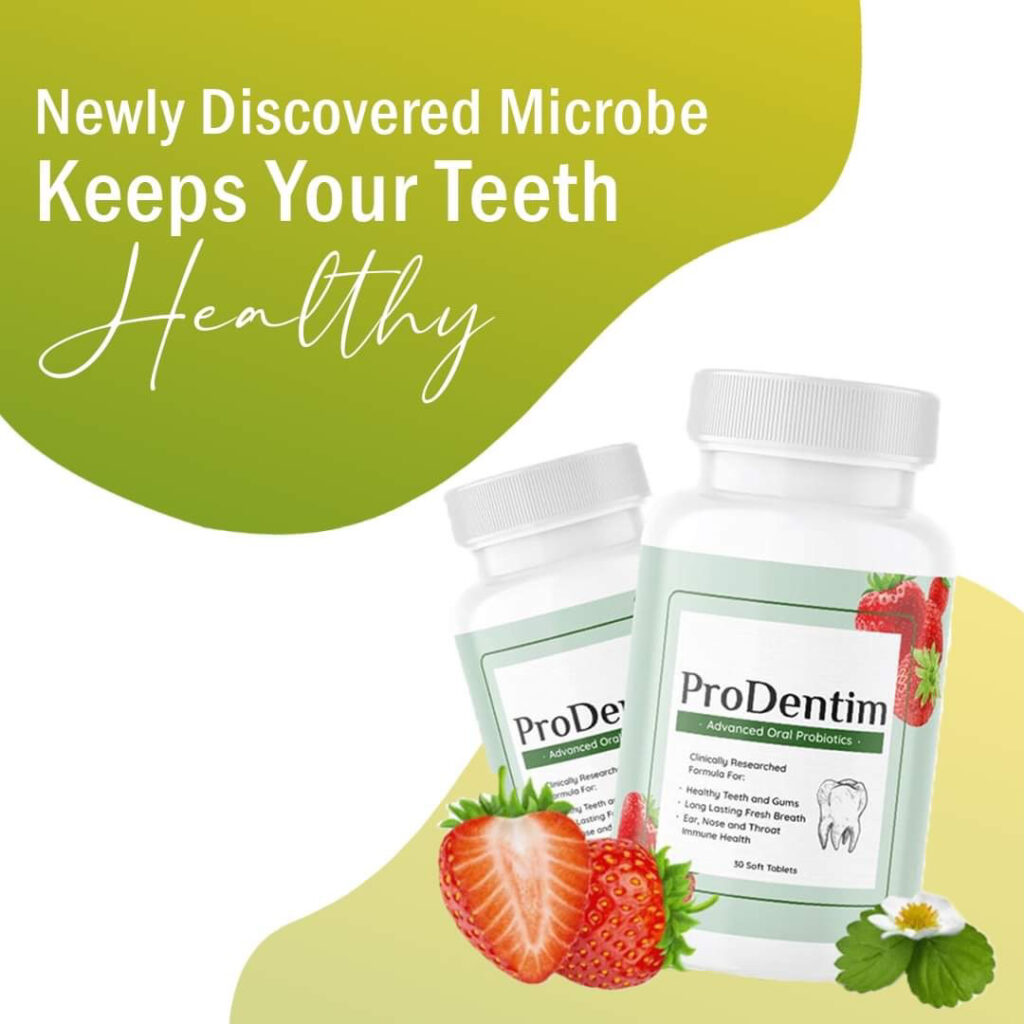
Have you ever shied away from a close conversation, a sudden wave of self-consciousness washing over you? The silent anxiety about your own breath can cripple confidence in job interviews, romantic moments, and everyday interactions. You’ve tried the mints, the expensive mouthwashes, the constant brushing, yet the stubborn issue of bad breath lingers.
What if the secret weapon in this fight was already sitting in your medicine cabinet, costing less than a cup of coffee? Yes, we’re talking about simple, unassuming hydrogen peroxide. But is it a true “miracle cure” for bad breath, or just an overhyped home remedy?
This comprehensive guide will be your definitive resource, diving deep into using hydrogen peroxide for bad breath. We’ll explore the science, the safest methods, and the crucial question: is this a long-term solution for you?
Quick Answer Box
Yes, hydrogen peroxide can significantly help bad breath on a temporary basis. Its powerful oxidizing properties effectively kill the anaerobic, sulfur-producing bacteria in the mouth that cause halitosis. To safely use hydrogen peroxide for bad breath, you must dilute the standard 3% solution with equal parts water (a 1:1 ratio) and never swallow the mixture after rinsing.
Table of Contents (TOC)
- How to Use Hydrogen Peroxide for Bad Breath: A Step-by-Step Guide
- The Science Behind Hydrogen Peroxide and Oral Health
- Evaluating Effectiveness: Does Peroxide Cure Bad Breath for Good?
- How to Use Hydrogen Peroxide Safely: Your In-Depth Guide
- Tips for Maximizing Results and Achieving Long-Term Freshness
- When to Avoid Hydrogen Peroxide: A Critical Safety Warning
- Beyond Peroxide: The Root Cause Solution for Lasting Fresh Breath
- Conclusion: Final Thoughts on Your Journey to Oral Confidence
- Frequently Asked Questions (FAQ)
How to Use Hydrogen Peroxide for Bad Breath: A Step-by-Step Guide
Before we reach for that brown bottle, it’s essential to understand the “enemy” we’re fighting and why hydrogen peroxide emerges as a surprisingly powerful ally in this battle.

Introduction
What is Bad Breath?
Bad breath, known medically as halitosis, isn’t just about the garlic you had for lunch. For over 90% of sufferers, the problem originates directly within the oral cavity.
The main culprits are a group of anaerobic bacteria (bacteria that thrive without oxygen) hiding on your tongue, beneath your gum line, and between your teeth. They feast on leftover food particles and proteins, releasing foul-smelling Volatile Sulfur Compounds (VSCs) in the process. It’s these “rotten egg” compounds that cause unpleasant breath. A study published by the National Institutes of Health (NIH) confirms that controlling these specific bacteria is the key to managing halitosis effectively.
Why Hydrogen Peroxide?
So, what’s the connection between hydrogen peroxide and bad breath cure? Why is this inexpensive liquid so effective?
The secret lies in a single, powerful atom: oxygen. Hydrogen peroxide (H_2O_2) is a potent oxidizing agent. When it comes into contact with the anaerobic bacteria in your mouth, it releases a free radical oxygen atom. This oxygen-rich environment is toxic to anaerobic bacteria, killing them almost instantly. Fewer bacteria mean fewer VSCs are produced, and the result is fresher, cleaner-smelling breath. It’s like flipping on the lights in a dark room full of monsters—they vanish. This is why when people ask, “Does hydrogen peroxide help bad breath?” the answer is a scientifically backed yes.
The Science Behind Hydrogen Peroxide
To truly trust a method, we need to understand how it works. Let’s break down the science behind hydrogen peroxide’s power.
Composition and Properties
The chemical formula for Hydrogen Peroxide is H_2O_2. Essentially, it’s a water molecule (H_2O) with an extra oxygen atom attached. This extra atom makes the molecule unstable and highly reactive. The fizzing or foaming you see when you swish with it is the visible evidence of this oxygen being released as it attacks plaque and bacteria.
Antiseptic Properties and Oral Health
For decades, hydrogen peroxide has been used as a mild antiseptic. As noted by medical authorities like WebMD, its ability to clean minor cuts and prevent infection is well-established. These same antiseptic properties are what make it beneficial for your oral health.
- Kills Bacteria: As discussed, it eradicates the germs that cause bad breath.
- Cleanses and Debrides: The foaming action helps to lift and remove trapped food debris and loosen plaque from areas your toothbrush might miss.
- Whitens Teeth: Hydrogen peroxide is the active ingredient in most commercial teeth whitening products. Regular, careful use can help lift surface stains from your teeth, leading to a brighter smile.
So, does peroxide help with bad breath? Absolutely. It tackles the problem from multiple angles: disinfection, cleaning, and overall hygiene improvement.
Evaluating Effectiveness
This is the million-dollar question. We know it works, but is it a permanent fix? Understanding the difference is key to creating a realistic and successful oral care strategy.
Does Hydrogen Peroxide Kill Bad Breath?
The answer is an emphatic YES. Hydrogen peroxide effectively kills the bad-breath-causing bacteria currently present in your mouth at the time of rinsing. The freshening effect is almost immediate. Think of it like tidying up a messy room—the results are instantly noticeable. It is a powerful tool for symptom management, and this is why people searching for “does hydrogen peroxide kill bad breath” find so many positive anecdotes.
Does Peroxide Cure Bad Breath?
The answer here is NO. This is a critical distinction. Does peroxide cure bad breath? No, it is not a “cure.” Halitosis is a condition, not a disease you can eradicate with a single treatment.
Hydrogen peroxide addresses the symptoms (the surface-level bacteria) but not always the root cause, which could be:
- Inadequate oral hygiene.
- Gum disease (gingivitis or periodontitis).
- Dry mouth (reduced saliva flow).
- Underlying health issues like acid reflux, sinus problems, or diabetes.
The bacteria will repopulate within hours. Therefore, relying on hydrogen peroxide as a standalone magic bullet is a flawed strategy. Instead, it should be viewed as one component of a much more comprehensive oral health arsenal.
How to Use Hydrogen Peroxide Safely
Using this powerful substance incorrectly can do more harm than good. To harness the benefits of hydrogen peroxide for bad breath without damaging your tooth enamel or gums, you must follow these instructions precisely.
Proper Dilution Techniques: The Unbreakable Rule
NEVER USE FOOD-GRADE HYDROGEN PEROXIDE (3%) STRAIGHT FROM THE BOTTLE FOR RINSING.
You must always dilute it. The common brown bottle found in pharmacies contains a 3% solution, which is the correct type to use for this purpose.
| Ingredient | Ratio | Instructions |
| 3% Hydrogen Peroxide | 1 Part | Use the bottle cap or a measuring spoon to measure. |
| Clean, Warm Water | 1 Part | Warm water makes the rinse more comfortable. Measure an equal amount. |
| Final Rinse Solution | 2 Parts | This creates a final concentration of approximately 1.5%, which is effective yet safe. |
Effective Application Methods
Mouth Rinse
This is the most common and effective method for daily use.
- Prepare: Mix the solution according to the 1:1 ratio table above.
- Rinse: Take a comfortable sip of the diluted mixture. Swish and gargle vigorously for 30 to 60 seconds. Ensure the liquid reaches all parts of your mouth, especially the back of the tongue.
- Spit: SPIT IT ALL OUT. Never swallow the solution. Swallowing can lead to stomach irritation, vomiting, and other internal issues.
- Rinse Again: Thoroughly rinse your mouth with plain water to remove any residual peroxide.
- Wait: Avoid eating or drinking for at least 30 minutes afterward.
Breath Freshener
For a quick refresh on the go:
- Prepare: Mix a small amount of the 1:1 solution and pour it into a clean, small spray bottle.
- Use: Spritz once or twice into your mouth when you need a quick burst of freshness.
- Note: Hold it in your mouth for a few seconds and then either swallow the tiny amount or spit it out (spitting is always the preferred, safer option).
Can peroxide help with bad breath when used this way? Yes, it’s a very convenient option for emergencies.
Tips for Maximizing Results
Using hydrogen peroxide is a great step, but to truly win the war on bad breath, you need a multi-faceted strategy.
Complementary Oral Hygiene Practices
Hydrogen peroxide works best when it supports, not replaces, a gold-standard oral care routine.
- Proper Brushing: Brush for two minutes, twice a day. Make sure you are using one of the best toothpastes that leave a fresh feeling to enhance the clean sensation.
- Floss Daily: This is non-negotiable. Flossing removes plaque and food from between teeth, where bacteria love to hide and multiply.
- Scrape Your Tongue: The majority of odor-causing bacteria reside on your tongue’s surface. Use a tongue scraper every morning to physically remove this bacterial film.
- Choose the Right Mouthwash: In addition to peroxide, finding a good mouthwash for halitosis can be a game-changer. If you have gum issues, consider looking into the best mouthwash for gums specifically.
- Diet Matters: Certain foods can help fight bad breath, such as apples, carrots, and plain yogurt. Internally, supplementing with nutrients like zinc for bad breath or specific vitamins for bad breath can support oral health from the inside out. For a natural alternative, you might also explore using baking soda for fresh breath.
- Quick Fixes: For emergency situations, having the best chewing gum for bad breath on hand is a lifesaver.
Frequency of Use
Moderation is paramount. Overusing hydrogen peroxide can lead to unwanted side effects.
- Recommended Frequency: Do not use it more than once per day. Many dentists, including experts cited on Healthline, suggest using it only a few times a week to prevent disruption of your oral microbiome.
- Listen to Your Body: If you experience any tooth sensitivity or gum irritation, reduce the frequency or stop use and consult your dentist.
When to Avoid Hydrogen Peroxide
While a useful tool, hydrogen peroxide is not for everyone. Knowing when to avoid it is just as important as knowing how to use it.
Who Should Not Use It?
Be cautious or avoid use entirely if you fall into these categories:
- Sensitive Gums or Severe Gum Disease: Peroxide can further irritate already inflamed gums.
- Mouth Sores or Open Wounds: It can cause stinging and may delay the healing process.
- Large Fillings or Crowns: Peroxide can potentially affect the bonding of some dental materials, especially composites.
- Children: The risk of accidental swallowing is too high.
- Pregnant or Breastfeeding Women: It’s best to consult with a doctor before use.
Signs of Adverse Reactions
Discontinue use immediately and consult your dentist if you experience any of the following:
- Increased tooth sensitivity.
- Red, swollen, or white patches on your gums.
- A burning sensation in the mouth that persists after rinsing.
- The development of “black hairy tongue,” a harmless but unsightly condition caused by the overgrowth of papillae on the tongue.
Remember, as the Mayo Clinic often emphasizes, persistent bad breath can be a sign of an underlying health condition, so professional consultation is always a wise choice.
Beyond Peroxide: The Holistic Approach to Oral Care
We’ve established that using hydrogen peroxide for bad breath is an excellent symptom management technique. It’s like mowing your lawn—it looks great afterward, but the weeds will grow back if you don’t pull them out by the roots.
So, what is the root cause of lasting fresh breath? It’s a balanced oral microbiome.
Your mouth is a bustling ecosystem home to billions of bacteria, both good and bad. Bad breath occurs when the bad bacteria take over. Hydrogen peroxide, like a broad-spectrum antibiotic, kills both good and bad bacteria, which can disrupt this delicate balance if overused.
The ultimate, long-term solution is to repopulate your mouth with good bacteria (probiotics).
This is where a revolutionary product like ProDentim comes in. Instead of just “bleaching” the problem, ProDentim delivers 3.5 billion probiotic strains that are clinically researched to:
- Crowd Out Bad Bacteria: The good bacteria compete for resources, effectively pushing out the germs that cause bad breath.
- Support Gum Health: They help reduce inflammation, creating a healthier oral environment.
- Bolster Overall Oral Health: They support tooth enamel and even the health of your respiratory system.
It’s not an instant fix like peroxide. It’s a long-term investment in naturally fresh breath that comes from a truly healthy, balanced mouth. If you’re tired of temporary solutions and want to address the problem at its core, it’s time to take action. For those seeking even stronger interventions, investigating the best bad breath pills can also be a viable path.

Conclusion: Final Thoughts on Your Journey to Oral Confidence
The quest for fresh breath is a journey with many paths. Hydrogen peroxide for bad breath is undoubtedly a powerful, effective, and budget-friendly tool to have in your arsenal. It answers the question “does hydrogen peroxide kill bad breath” with a resounding yes, providing the immediate freshness you’re looking for.
of Key Points
- Hydrogen peroxide works by releasing oxygen to kill odor-causing anaerobic bacteria.
- ALWAYS dilute the 3% solution in a 1:1 ratio with water before use.
- NEVER swallow the solution.
- It is an effective symptom-management tool, not a permanent “cure.”
- Combine it with a comprehensive oral hygiene routine for the best results.
Final Thoughts on Oral Care
Ultimately, your breath is a mirror of your overall health. Don’t just mask the symptoms. Listen to your body, maintain healthy habits, and if bad breath persists, consult a dentist or doctor to rule out any underlying causes. Treat your oral care as a journey, not a destination. By arming yourself with the right knowledge and the right tools—from a simple bottle of hydrogen peroxide to advanced probiotic solutions—you can take control and smile with total confidence.
“But keep in mind, this approach mainly deals with issues originating in your mouth. Occasionally, bad breath actually comes from deeper problems inside the body. If you’re very diligent with your oral care and aren’t getting results, the source of the problem might not be oral at all. In that situation, it’s a good idea to learn more about the causes of bad breath that come from the stomach to get a fuller picture.”
Frequently Asked Questions (FAQ)
1. Is it safe to rinse with hydrogen peroxide every day? While generally safe when properly diluted, most dentists recommend moderation—using it a few times a week rather than daily. This helps prevent disrupting your oral microbiome and avoids potential tooth sensitivity.
2. How long does it take for hydrogen peroxide to work on bad breath? The effect is almost immediate. You will notice fresher, cleaner breath right after your first rinse.
3. Can I use 3% hydrogen peroxide straight from the bottle? No. Absolutely not. Using it undiluted can cause chemical burns to your gums, damage tooth enamel, and lead to severe irritation. Always dilute to a 1:1 ratio with water.
4. How does hydrogen peroxide compare to alcohol-based mouthwash? Both kill bacteria. However, alcohol-based mouthwashes can cause dry mouth, which ironically can worsen bad breath over time. Diluted peroxide does not cause dryness but must also be used with caution to avoid irritation.
5. What does the fizzing mean when I use hydrogen peroxide? The fizzing is a sign that the hydrogen peroxide is working. It’s the sound of the oxygen being rapidly released as it contacts the catalase enzyme present in your saliva and bacteria. This process helps clean and disinfect the area.
6. Is there really a “hydrogen peroxide and bad breath cure?” No. As we’ve covered, it is a highly effective treatment for the symptoms of bad breath, but it is not a cure for the underlying causes. A long-term solution requires a holistic approach to oral health.
